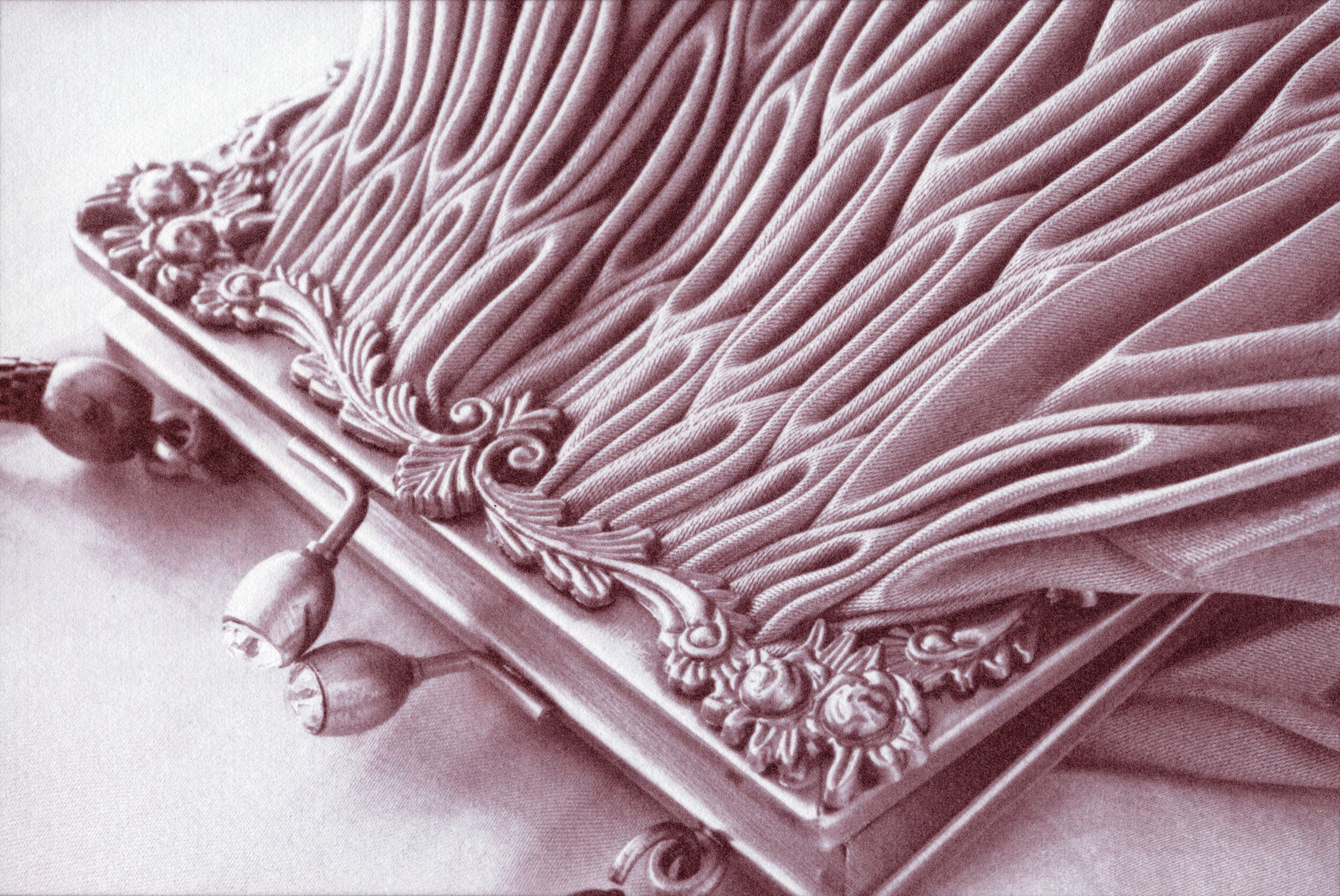Scientific papers don’t usually provide insight into an author’s personality, however, Elizabeth Fulhame’s 1794 published Essay on Combustion[1] not only illustrates her scientific brilliance, but her sass as she openly challenged the 18th century patriarchy.
Elizabeth Fulhame is credited as a forerunner of photography, courtesy of inventing photoreduction, and with having discovered catalysis – where a substance is used to speed up a chemical reaction without being consumed by it.
Fulhame’s achievements are the result of her experiments that investigated the reduction of metal salts, including gold, mercury, platinum, silver, copper and tin, using a number of reducing agents under the influence of water and sunlight. She exposed these on cloth in various states including in water, dry or with an ether or alcohol solution, and exposed the cloth to sunlight. In the context of photography, this became the first known example of photochemical imaging.[2]
Her work occurred at a time when female scientists were rare and the contribution of women to science not openly embraced. She was critical of the patriarchal profession and not shy about expressing her views on this:
“It may appear presuming to some, that I should engage in pursuit of this nature … But censure is perhaps inevitable; for some are so ignorant, that they grow sullen and silent, and are chilled with horror at the sight of any thing, that bears the semblance of learnings, in whatever shape it may appear; and should the spectre appear in the shape of woman, the pangs, which they suffer, are truly dismal.”
While some commentators did experience the predicted ‘pangs’, Fulhame’s research was influential and acknowledged in early 19th-century scientific and photographic texts. Her publication went on to be translated into German in 1798 and republished in the United States of America by the Chemical Society of Philadelphia in 1810.
Fulhame’s photochemical discoveries were also acknowledged by Sir John Herschel in his 1839 presentation to the Royal Society on gold as a possible image-making substance. Her research finding about the necessity of moisture to facilitate the reduction of gold to form an image informed Herschel’s photographic experiments and his invention of the chrysotype gold printing process in 1842.
Elizabeth Fulhame’s work continues to inspire the production of photographic works in contemporary setting. Her research can be found here.































